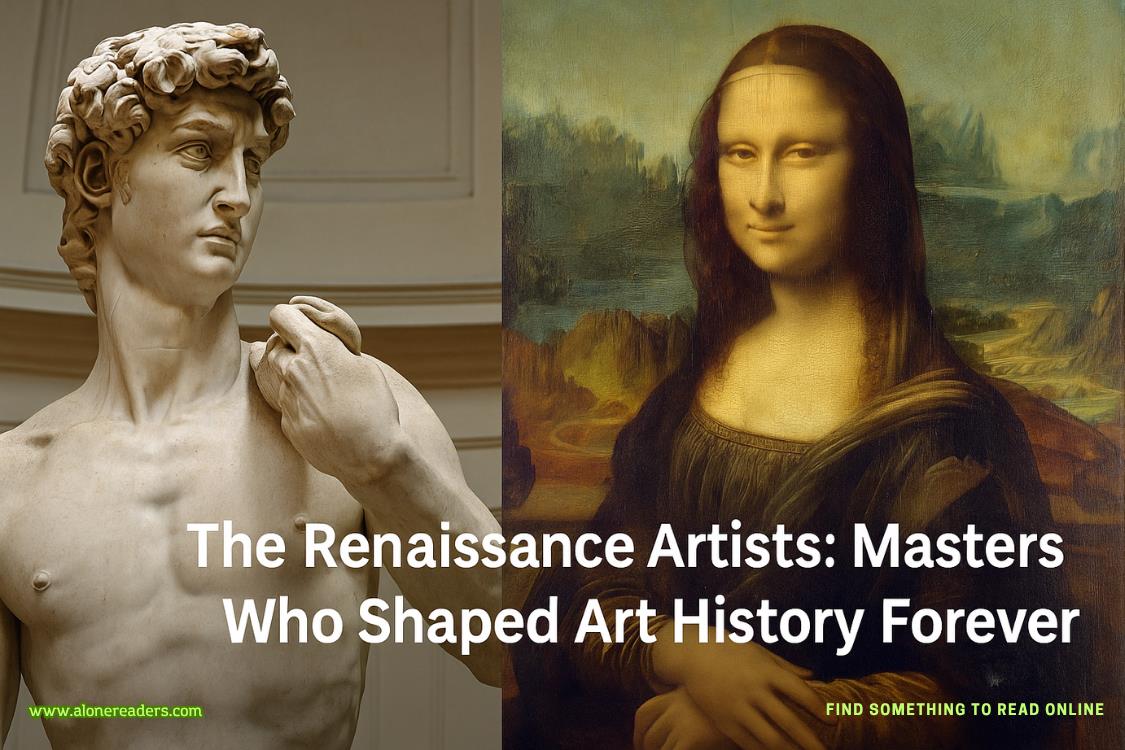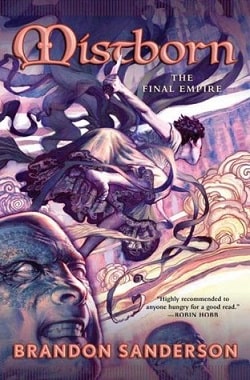“It’s nearly finished.”
Which was true. “I’ll need a panel,” said Gabriel. “Preferably walnut.”
“Why can’t you simply paint it on canvas?”
He gave Chiara a despairing look.
“There’s a lovely man called Marco on the mainland who does custom woodworking. I’m sure he can make you a walnut panel.”
Gabriel leaned toward his daughter and asked confidingly, “Do you suppose they’re having an affair?”
“Torrid,” replied the child, and laughed hysterically.
It took the lovely Marco a week to find an appropriate plank of walnut and another week to fashion it into a panel worthy of the eminent Maestro Allon. Gabriel, for his part, required only three nocturnal sessions at his easel to produce his first version of the portrait. His wife was not impressed.
“You overdid thesfumato. She looks out of focus.”
He buried her beneath a layer of obliterating paint and made a second version of the portrait, which was more to Chiara’s liking. “Do you know how much that would be worth on the open market?” she asked.
“Two or three hundred euros. But if it were an autograph Leonardo, well, that’s another story.”
“What shall we do with this one?”
Gabriel carried the panel into the apartment’s main sitting room and placed it atop a pile of kindling on the grate. Chiara watched sadly as the funeral pyre consumed the girl from Milan.
“Dottoressa Saviano rang today.”
“What has your daughter done now?”
“Nothing, thank goodness. Thedottoressawas merely wondering when you would like to begin your new career.”
“And what did you tell her?”
“That you had to finish the Titian first.”
“I finished it two days ago.”
“Freak,” whispered Chiara, and warmed her hands against the flames.
***
Thedottoressathought Wednesdays were best—Wednesdays at half past three, in a light-filled activity room on the school’s upper floor. Twelve students, equally divided by gender and ranging in age from seven to ten, had been selected for the program. Gabriel gave them each a Strathmore sketchpad and a packet of Faber-Castell pencils, and informed them that their artistic training, while enjoyable, would be rigorous in nature. Indeed, on that first Wednesday they spent the entire hour doing nothing more than learning how to draw a proper tapered line. The following week they drew circles and squares, and the week after that they turned their circles and squares into spheres and cubes, with appropriate shading to create the illusion of three-dimensionality.
The culmination of their first month of art school was a simple still life with a vase and pear. Gabriel was impressed by the quality of the work, as was Dottoressa Saviano. She asked whether he might be willing to take on an additional student or two. He confessed that he was surprised that his son, whose artistic gifts were glaringly obvious, had not been on the original list.
“He was, Signore Allon.”
“And?”
“He declined to take part.”
Gabriel made no effort to conceal his disappointment. “Perhaps I can convince him to change his mind.”
Thedottoressasmiled tenderly. “It can’t be easy having someone like you as a father. My advice is that you remain patient.”
The following week Gabriel took his students, now fourteen in number, to the Campo San Polo, where he explained perspective and the concept of a vanishing point. They put the lesson into practice a week later by sketching the exterior of the enormous Frari Church. Chiara and Irene observed the proceedings from their table at Bar Dogale, but Raphael was scratching away at something in one of his notebooks. Gabriel assumed it was a complex mathematics equation, but a surreptitious search of the boy’s book bag, conducted later that evening, revealed that not to be the case.
He showed the sketch to Chiara and asked, “Why didn’t you tell me?”















